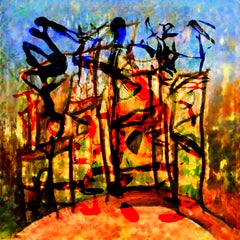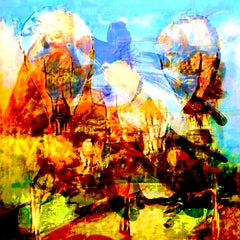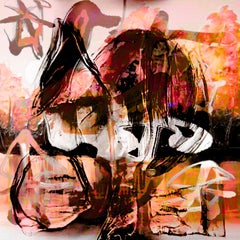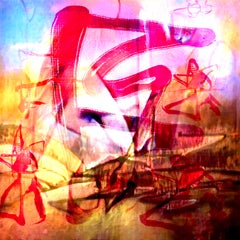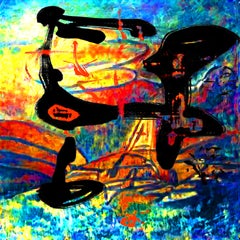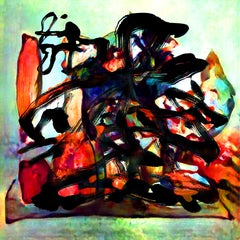21st Century and Contemporary Still-life Prints
Contemporary 21st Century and Contemporary Still-life Prints
Archival Pigment
Contemporary 21st Century and Contemporary Still-life Prints
Archival Pigment
Contemporary 21st Century and Contemporary Still-life Prints
Archival Pigment
Contemporary 21st Century and Contemporary Still-life Prints
Archival Pigment
Contemporary 21st Century and Contemporary Still-life Prints
Archival Pigment
Contemporary 21st Century and Contemporary Still-life Prints
Archival Pigment
Contemporary 21st Century and Contemporary Still-life Prints
Archival Pigment
Contemporary 21st Century and Contemporary Still-life Prints
C Print
Contemporary 21st Century and Contemporary Still-life Prints
Digital
21st Century and Contemporary Still-life Prints
Lithograph
Contemporary 21st Century and Contemporary Still-life Prints
Digital
Expressionist 21st Century and Contemporary Still-life Prints
Engraving
Contemporary 21st Century and Contemporary Still-life Prints
Digital
Contemporary 21st Century and Contemporary Still-life Prints
Screen
Contemporary 21st Century and Contemporary Still-life Prints
Paper, Screen
Contemporary 21st Century and Contemporary Still-life Prints
Paper, Screen
Contemporary 21st Century and Contemporary Still-life Prints
Paper, Screen
Contemporary 21st Century and Contemporary Still-life Prints
Silver
Contemporary 21st Century and Contemporary Still-life Prints
Digital
Contemporary 21st Century and Contemporary Still-life Prints
Color, Archival Pigment
Contemporary 21st Century and Contemporary Still-life Prints
Silver
Contemporary 21st Century and Contemporary Still-life Prints
Digital
Contemporary 21st Century and Contemporary Still-life Prints
Rag Paper, Etching, Archival Pigment
Contemporary 21st Century and Contemporary Still-life Prints
Digital
Contemporary 21st Century and Contemporary Still-life Prints
Digital
Contemporary 21st Century and Contemporary Still-life Prints
Steel
Contemporary 21st Century and Contemporary Still-life Prints
Lithograph
Abstract Impressionist 21st Century and Contemporary Still-life Prints
Archival Ink, Rag Paper
21st Century and Contemporary Still-life Prints
Giclée
Contemporary 21st Century and Contemporary Still-life Prints
Digital
Contemporary 21st Century and Contemporary Still-life Prints
Metal
Contemporary 21st Century and Contemporary Still-life Prints
Mixed Media, Rag Paper, Monoprint
Contemporary 21st Century and Contemporary Still-life Prints
Rag Paper, Monoprint
Abstract 21st Century and Contemporary Still-life Prints
Mixed Media, Rag Paper, Monoprint
Abstract 21st Century and Contemporary Still-life Prints
Rag Paper, Monoprint, Mixed Media
Abstract 21st Century and Contemporary Still-life Prints
Mixed Media, Rag Paper, Monoprint
Abstract 21st Century and Contemporary Still-life Prints
Mixed Media, Rag Paper, Monoprint
Abstract 21st Century and Contemporary Still-life Prints
Mixed Media, Rag Paper, Monoprint
Abstract 21st Century and Contemporary Still-life Prints
Mixed Media, Rag Paper, Monoprint
Abstract 21st Century and Contemporary Still-life Prints
Mixed Media, Rag Paper, Monoprint
Abstract Expressionist 21st Century and Contemporary Still-life Prints
Copper, Gold Leaf
Abstract 21st Century and Contemporary Still-life Prints
Archival Pigment
Contemporary 21st Century and Contemporary Still-life Prints
Plexiglass, C Print
21st Century and Contemporary Still-life Prints
21st Century and Contemporary Still-life Prints
21st Century and Contemporary Still-life Prints
Contemporary 21st Century and Contemporary Still-life Prints
Archival Pigment
Contemporary 21st Century and Contemporary Still-life Prints
Archival Pigment
Contemporary 21st Century and Contemporary Still-life Prints
Archival Pigment
Contemporary 21st Century and Contemporary Still-life Prints
Archival Pigment
Contemporary 21st Century and Contemporary Still-life Prints
Screen
Contemporary 21st Century and Contemporary Still-life Prints
Screen
Abstract 21st Century and Contemporary Still-life Prints
Archival Tape, Archival Ink, Archival Paper, Color, Archival Pigment
Abstract 21st Century and Contemporary Still-life Prints
Wire
Contemporary 21st Century and Contemporary Still-life Prints
Archival Pigment
Contemporary 21st Century and Contemporary Still-life Prints
Archival Pigment
Contemporary 21st Century and Contemporary Still-life Prints
Screen
Contemporary 21st Century and Contemporary Still-life Prints
Screen
Contemporary 21st Century and Contemporary Still-life Prints
Screen
Contemporary 21st Century and Contemporary Still-life Prints
Archival Pigment
